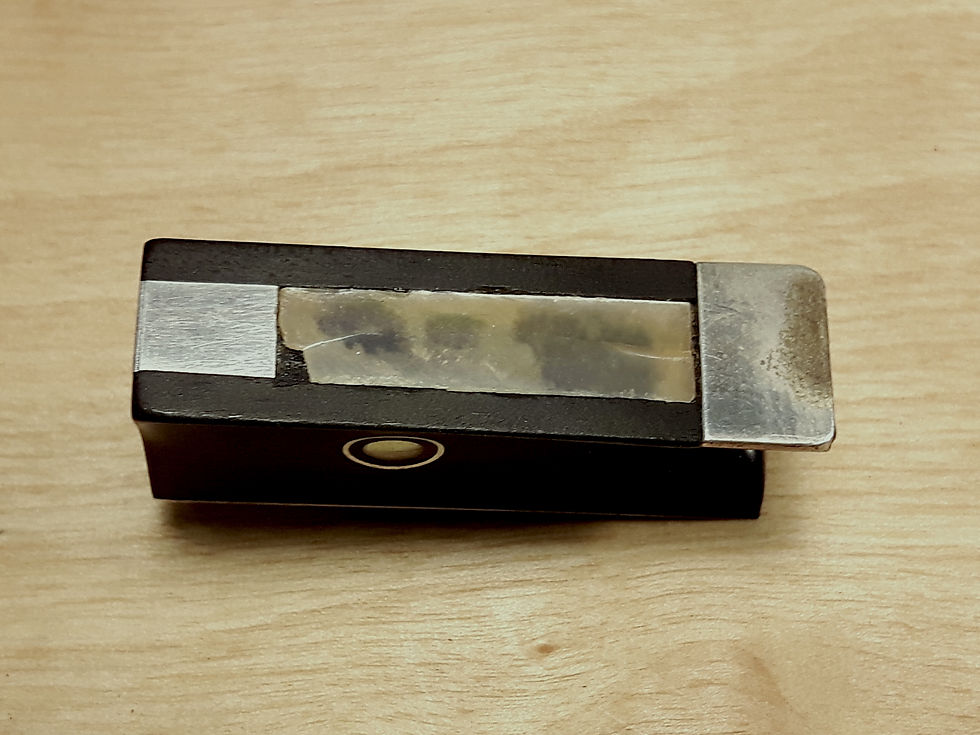
Bow rehair and repair
Bow rehair services
Mayim Alpert has specialized in bow rehair and repair for more than 8 years. Over this time he has tried many suppliers' bow hair and learned what makes good hair - it must be straight, not crinkly or wavy. It should be of even thickness, and supple in order to last. Only the best will satisfy a discerning customer.
Furthermore, the resulting ribbon of hair is equally or more important than the hair quality. The hairs in the ribbon should be of equal length, so they become equally tense upon tightening the bow. Then the stick will bounce lighter and quickly in response to the strings.
There must not be too much hair or the stick will respond poorly. For an ideal touch, the hair should be just slightly tighter on the playing side, to give the player the ability to really dig into the strings if so demanded by the music.
Viulumo is proud to offer the finest Mongolian horse hair, sorted and cleaned to perfection.
We also offer a standard quality Siberian bow hair, which is a bit thinner and rougher in structure. It is excellent for bass and cello bows as well as fiddlers' bows and student bows. Black horse hair is available at the same price.
Prices for violin, viola and cello bows:
Professional rehair: 100€
Student rehair: 80€
Contrabass bows use nearly twice the hair and simply take more time, so bass bow rehairs cost 120€ for the professional quality hair and 100€ with student quality.
Baroque bows are also welcome and treated in an appropriate manner - baroque and older period bows usually require significantly less hair than modern bows, but are more challenging to rehair perfectly due to the lack of slide and ferrule in the frog.





Bow repair and restoration




In addition to a perfect ribbon of fine horse hair, the rehair process always includes a full cleaning of the bow, a light polish on the stick, lubrication of the screw and slide with appropriate (dry) lubricants, a thorough
check-up of all parts, and if necessary, advice on maintenance and the health of your bow.
Examples of common repairs in order to keep a bow in healthy condition include:
- replacing the thumb leather, silver wrap, pearl eyes or pearl slide
- replacing a cracked tip plate or repairing the tip nose, to protect the wood
- filling a worn dip at the thumb spot
- gluing cracks in the frog or stick
- flattening a bulging ferrule








